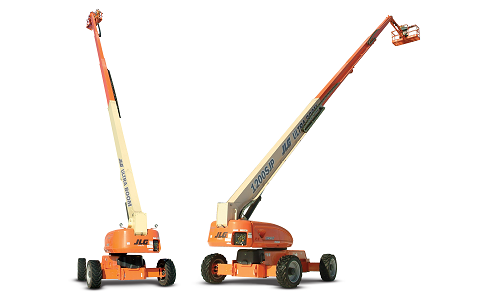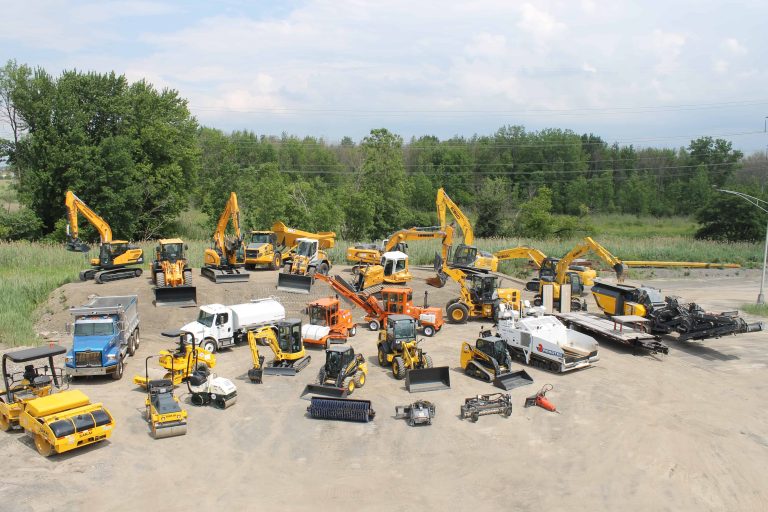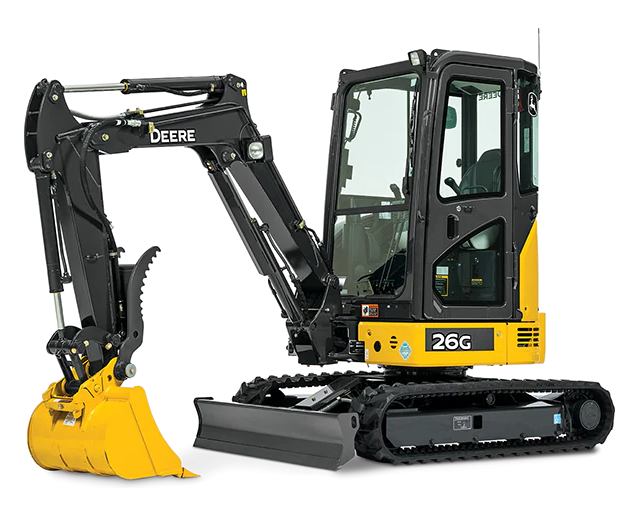Maximize Your Budget by Understanding the Prices Connected With Building And Construction Equipment Rentals
Recognizing the full extent of costs connected with building and construction equipment leasings is crucial for maximizing your spending plan. What strategies can be utilized to successfully take care of these costs and make sure an extra reliable rental experience?
Review of Rental Expenses
When considering building and construction devices rentals, comprehending the associated prices is critical for reliable budgeting and job preparation. Rental expenses can differ substantially based on a number of factors, including tools type, period of rental, and place. The first rental charge often shows the tools's market demand and its linked operational abilities, affecting the overall cost.
In addition to the base rental rate, secondary costs may arise, such as transportation costs, fuel surcharges, and upkeep costs. It is vital to make up these added expenses to precisely examine the total cost of leasing tools. The rental period can influence prices; longer services may qualify for reduced prices, while temporary services might incur greater day-to-day costs.

Malfunction of Rental Rates
An extensive understanding of rental rates is necessary for service providers and project supervisors intending to optimize their budgets. Rental rates for building devices commonly consist of a number of elements, including base prices, time-based costs, and use costs.
Base rates are the core fees associated with the rental of the devices, often figured out by the type and size of the equipment. These rates can vary significantly, affected by aspects such as equipment need, schedule, and local market trends. Time-based costs, which might be daily, weekly, or monthly, serve to suit various task timelines and rental periods.
In addition, rental rates might include use charges, which are relevant when tools is made use of past a specified threshold, guaranteeing that the rental firm can represent damage. Seasonal need fluctuations can also affect rental prices, with peak construction periods normally commanding greater prices.
In addition, comprehending the rental company's policies regarding maintenance and insurance policy can supply further insight right into the overall price structure. By examining these components, service providers can make informed choices, ensuring the choice of rental tools aligns with both job needs and budget restrictions.
Extra Charges to Take Into Consideration
Understanding the intricacies of additional charges is vital for service providers to manage their overall rental expenses efficiently. Beyond the conventional rental prices, different auxiliary charges can significantly impact the overall cost of equipment rental. These fees frequently include delivery and pick-up charges, which can vary based on distance and logistics associated with transferring the equipment to and from the job website.
In addition, some rental firms might enforce fuel surcharges if the equipment is returned with less gas than when rented. It is likewise necessary to be aware of possible cleansing charges, specifically for customized tools that calls for detailed upkeep after use.

Extensively examining the rental contract and clarifying these added fees ahead of time can assist specialists make certain and prevent unexpected expenses that budgets continue to be intact throughout the task lifecycle.
Repair And Maintenance Expenditures
Regular upkeep and repair work expenditures are typically overlooked aspects that can considerably affect the overall price of building tools leasings. used backhoe for sale near me When renting out devices, it is crucial to think about not just the rental fees yet also the prospective prices connected with maintaining the machinery in ideal operating problem.
Many rental firms consist of basic maintenance as component of the rental arrangement; however, much more considerable repair work or unforeseen failures can result in extra costs. It's vital to review the rental contract very carefully to understand what upkeep services are covered and what duties drop on the renter.
In addition, tools that is not well-kept can result in ineffectiveness on the task site, possibly creating delays and raising project expenses. To alleviate these threats, it is a good idea to check out this site perform normal assessments and maintain open communication with the rental provider pertaining to any concerns that arise during use.
Insurance Coverage and Liability Costs
Insurance policy and liability expenses are crucial components that can substantially affect the overall expenditure of building tools rentals (heavy equipment rental). These costs ensure that both the rental company and the client are protected from potential economic losses developing from crashes, damages, or burglary during the rental duration

Furthermore, clients should know any deductibles or exclusions in the insurance coverage policy, as these can impact potential out-of-pocket expenses. Recognizing the terms of any kind of insurance coverage is essential to avoid unanticipated costs. Inevitably, budgeting for insurance and obligation expenses can assist make certain a smoother rental experience and protect versus monetary threats associated with construction jobs.
Conclusion
In final thought, a comprehensive understanding of the costs connected with building devices leasings is necessary for reliable budget monitoring. By assessing rental rates, extra fees, upkeep costs, and insurance coverage needs, individuals and companies can decrease unanticipated expenditures. This critical technique not only enhances cost-effectiveness however additionally guarantees that jobs progress smoothly and successfully. Eventually, educated decision-making regarding devices leasings adds to the overall success of construction ventures.
Rental expenses can vary dramatically based on several factors, consisting of tools type, period of rental, and location (aerial lift rental). The rental period can affect prices; longer leasings might qualify for reduced rates, while temporary leasings may sustain higher day-to-day charges
By carrying out detailed research study and engaging with trustworthy rental companies, professionals can properly navigate the complexities of rental prices, ultimately maximizing their monetary sources.
Past the basic rental prices, various auxiliary fees can significantly affect the total cost of equipment rental. Rental companies typically supply obligation insurance coverage that covers injuries to third parties or damages to building, while devices damages insurance policy can cover the price of fixings or replacement if the rented out tools is harmed.